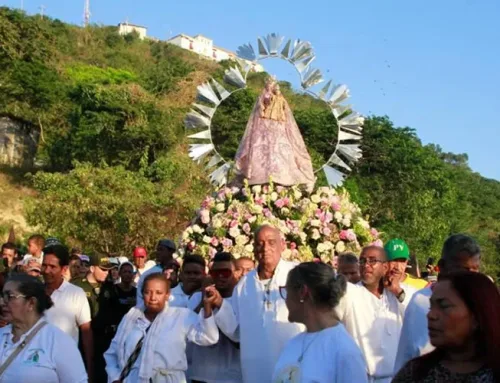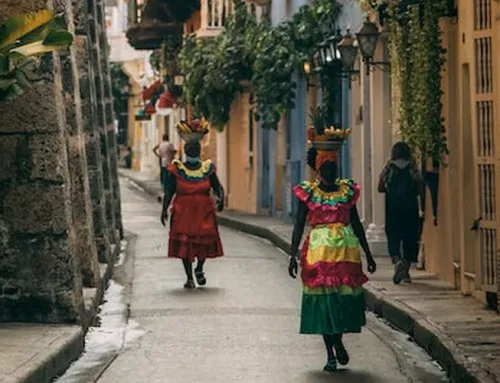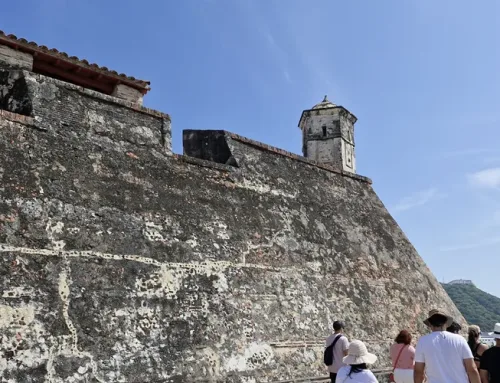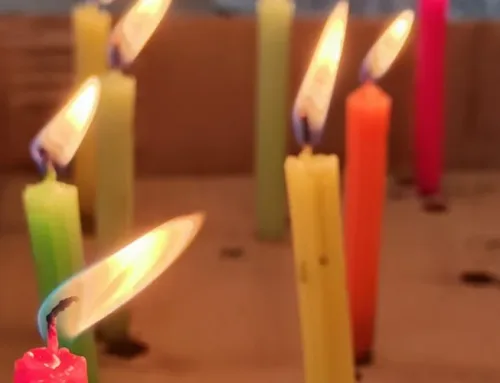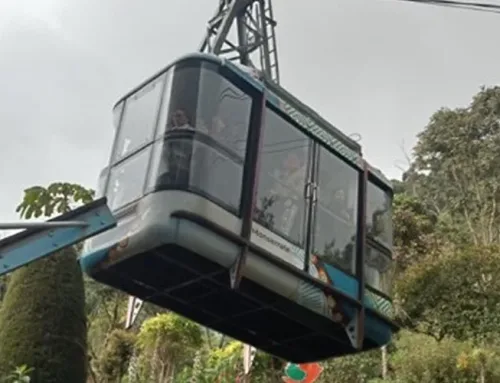In Colombia there is a region inhabited by a very special group of people, commonly known as country. It is an immense land to the west of the country, made up of the departments of Caldas, Risaralda, Quindío, Antioquia, and the north of Valle del Cauca and Tolima. For this reason it is impossible to speak of all the countries as one. However, there are cultural characteristics that are common to the vast majority of its inhabitants, and that have already become iconographic references for the entire region.
One of these is the muleteer's suit, recognized as the typical paisa attire, whose origin dates back to the beginnings of the Antioquia colonization. Among the most traditional garments and objects of this region, here we highlight four, which we will talk about below: they are the machete, the hat, the poncho and the carriel.
peasant machete
The first of these, the machete, consists of an edged weapon, shorter and broader than the sword. With it, the wooded lands and mountain roads that today make up the vast Paisa region were opened. It was the right hand of the settlers and today it continues to be the main work tool of the paisa peasant.
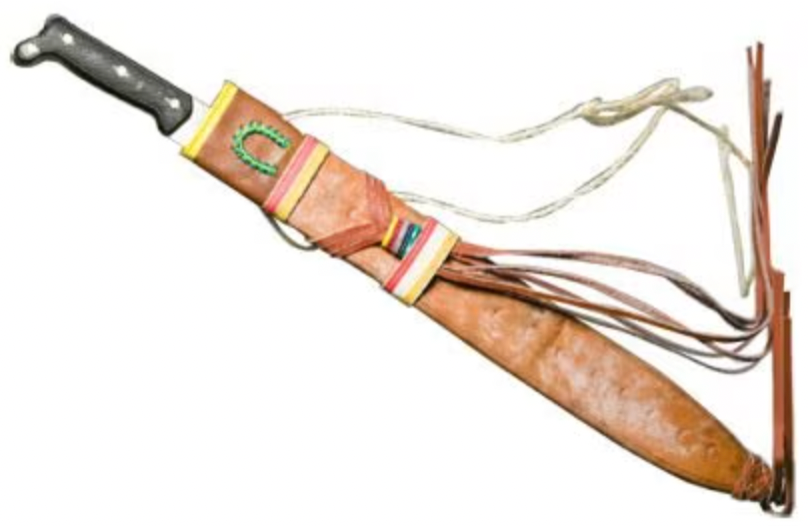
watery hat
Then there is the hat, to protect yourself from the inclement sun during the hard days of work. Although there are hats of all kinds, the most traditional is known as aguadeño Actually, the origin of this hat does not come from Colombia but from a neighboring country: Ecuador! It turns out that almost two centuries ago, the Ecuadorian Juan Crisóstomo Flórez passed through the municipality of Aguadas, in the department of Caldas, and upon discovering that the iraca palm was also grown there, he decided to promote its production in the country and taught the artisans locals to make it on their own.
The fame of the aguadeño hat is so great that its use continued to spread to the north of the country, finally reaching the then department of Panama. Already in the XNUMXth century, and thanks to its beauty and practicality, the hat became popular among American engineers who worked on the construction of the Canal, who called it panama hat, even being used by then President Theodore Roosevelt during the inauguration of the work.
Such is the admiration and mysticism that surrounds this beautiful paisa garment, that it is said that the color of the hat is affected by the temperament of the person who wears it: if it is a kind person and in a good mood, the fiber of the iraca remains white and flexible; on the other hand, if its wearer is bitter and rude, the hat ends up turning yellow and brittle.
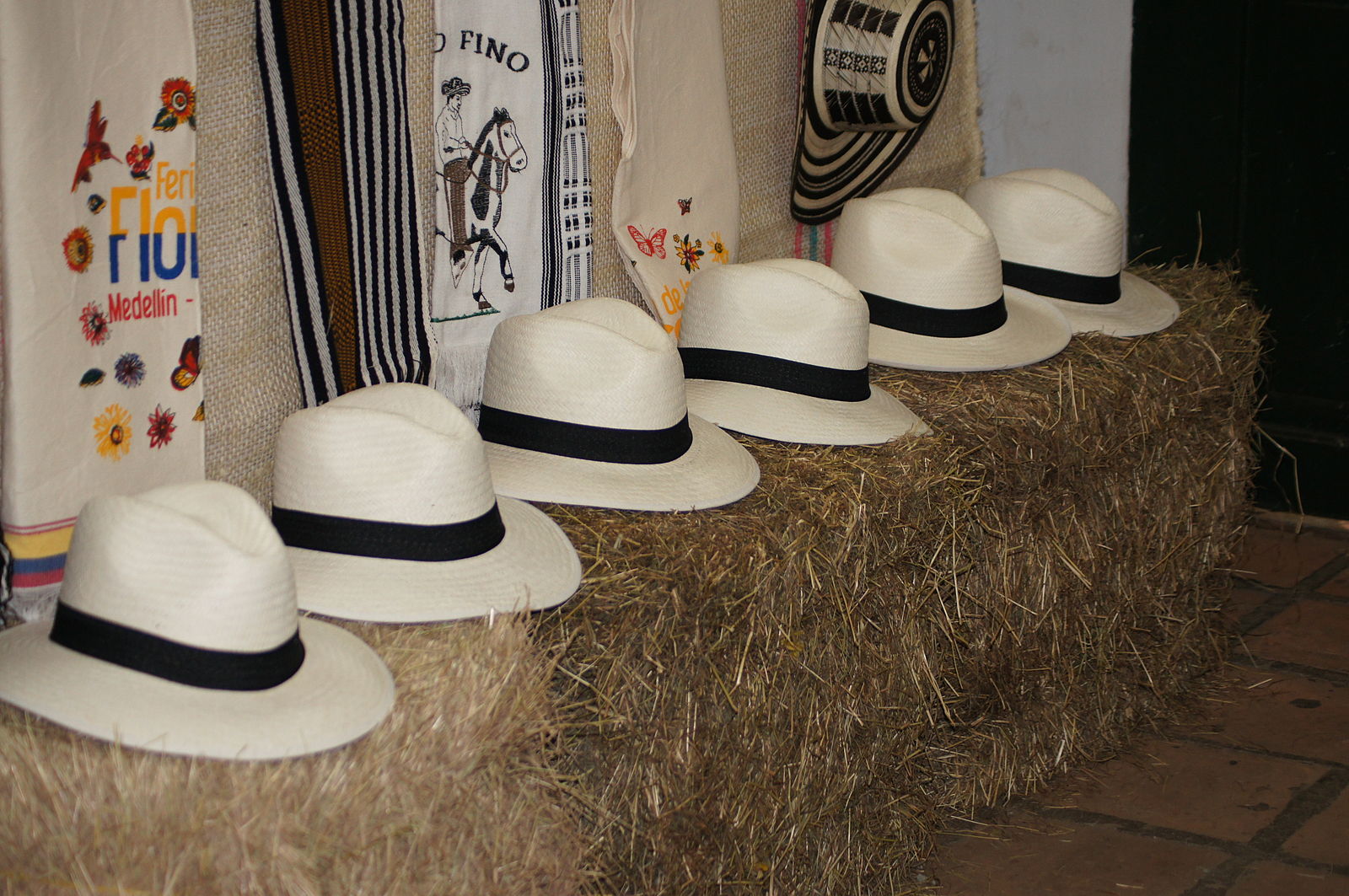
paisa poncho
Another of the distinctive garments of the paisas is the poncho. This piece, similar to others of the same name made in the rest of the continent, is thinner than the Andean ruana, but retains the same principle: it consists of a sleeveless coat with a hole in the middle through which the head is inserted so that it falls above the shoulders. The poncho is made from cotton fiber, generally white, and sometimes it is also decorated with colored threads, depending on the taste of the wearer.
Part of the charm of the poncho lies in its versatility. It accompanies the peasant farmers for many hours each day, and for this reason the purposes for which it behaves are varied. Some of the many uses that can be given to the poncho are:
- Coat: it is the most common way to use it. Perfect both for cold days and to cover yourself from the sun at noon. Infallible companion of the peasant paisa.
- Blanket: because the pocho is not only for work, but also for rest. Lie down, make yourself comfortable, and make yourself feel calm wrapped in your poncho.
- Pillow: it is enough to fold it well so that the poncho becomes a comfortable cotton cushion.
- Tablecloth: by spreading it on the ground, the poncho acts as a barrier on which we can set up a picnic.
- Handmade refrigerator: just as it keeps us warm in cold times, the poncho insulates from heat and keeps everything it wraps cool, which is why many people decide to use it as a handmade "fridge" or "refrigerator" with which to wrap bottled food and drinks.
- Shield: Although we do not recommend this use, it is well known that in areas
In rural areas, when conflicts arise between the peasants and they resort to the machete to solve them, the opponents take the weapon with one hand and wrap the other in the poncho to protect themselves from the thrusts. We hope you never have to use your poncho this way.
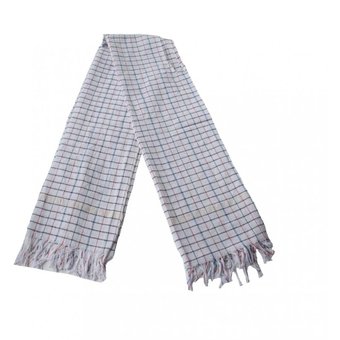
rail
A true muleteer cannot walk without his carriel, the traditional wallet or peasant bag. It is not clear the origin of the term and, lastly, the ‘carriel’,, but there are several theories: some say that it comes from French cartier, others that it is a Spanish version of the English expression carry all; In any case, the carriel already occupies a privileged place within the paisa iconography, both for its style and for its great utility.
It is easy to recognize a carriel just by looking at it, because on the front it has a characteristic cover of combed and unpeeled animal skin. Along with its unmistakable shape, the rail is also known for the amount of objects it is capable of holding. At first glance it looks like a small bag, but inside it hides up to twenty different pockets. Today the carriels are still used regularly, even in the cities, and can be found as handicrafts in Antioquia towns such as Jericó, Amalfi and Envigado, just a few minutes from Medellín.
For many years, the municipality of Santa Fe de Antioquia was established as the political, and above all commercial, capital of the paisa region. It was the center of its commercial traffic and an obligatory stop for muleteers of all kinds of products and merchandise. Currently, Santa Fe de Antioquia preserves its architectural wealth and colonial heritage, while offering itself to locals and tourists as a key destination during their passage through western Colombia.
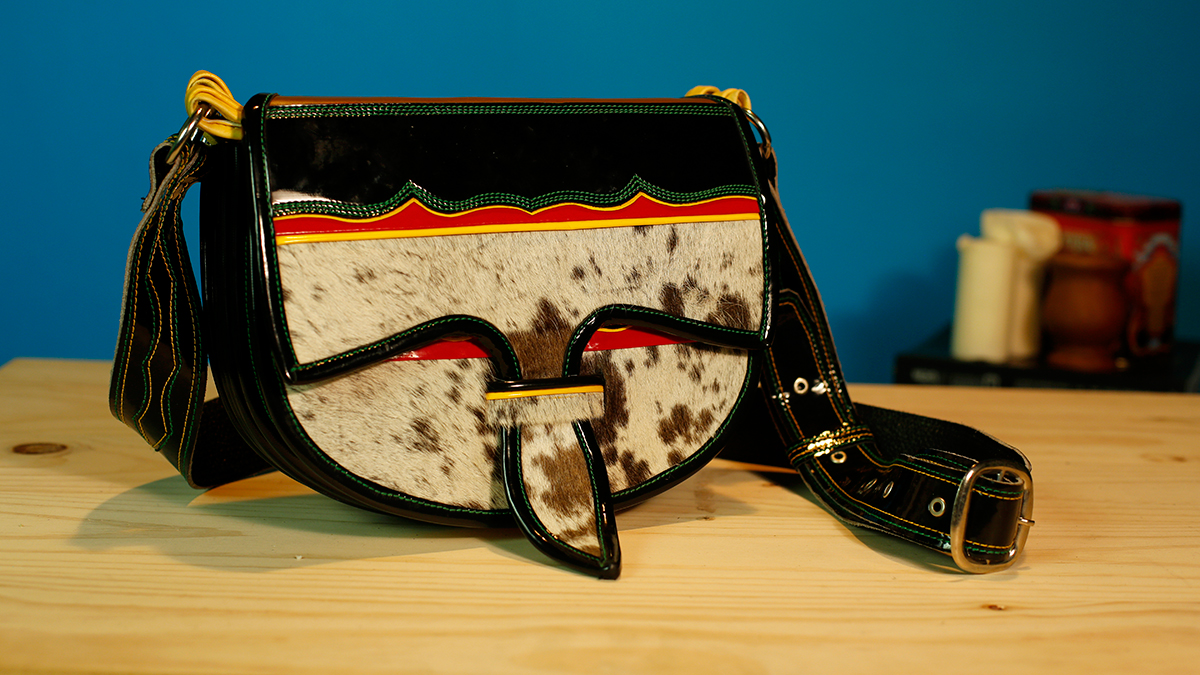
Visit the paisa region
If you want to see the daily life of the paisas up close and immerse yourself in the cultural traditions of the region, you have to visit Santa Fe de Antioquia. That is why in the Spanish school Nueva Lengua From our headquarters in Medellín we organize trips to this fascinating town for all our students.
If you also want to have an immersive experience in the heart of the mountains of Colombia, learning Spanish surrounded by warm, friendly and "forward" people, come to Nueva Lengua and get to know this and many more wonderful destinations with us.
Check the plans that we have for you in the department of Antioquia, or write to us at info@nuevalengua.com For more information about our Spanish courses with cultural activities.
All the articles in this blog have been written by the teachers of our school and by students from different countries who traveled to Colombia to learn Spanish.
“You travel too and study Spanish in NUEVA LENGUA"
Follow us on our social networks:
RELATED VIDEOS
MEDELLÍN - GUADUAS

